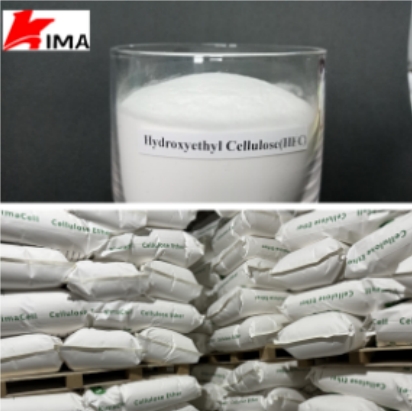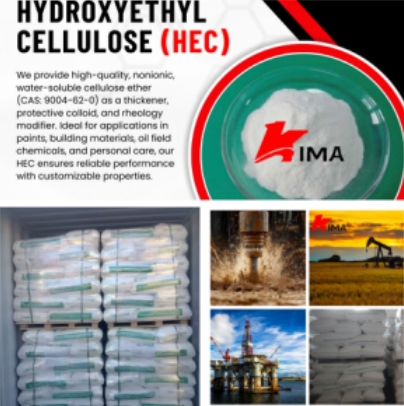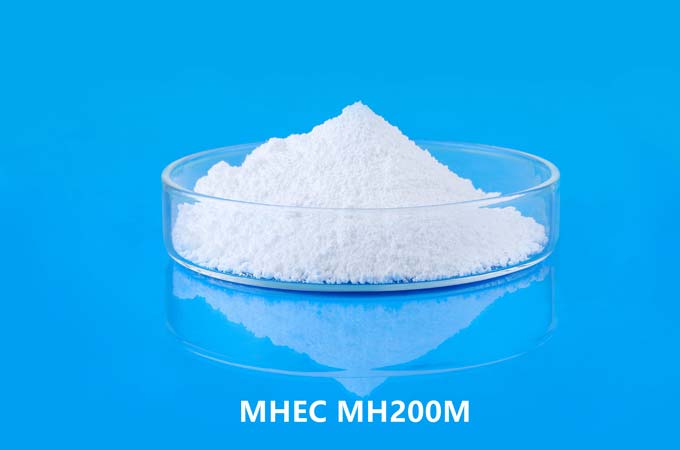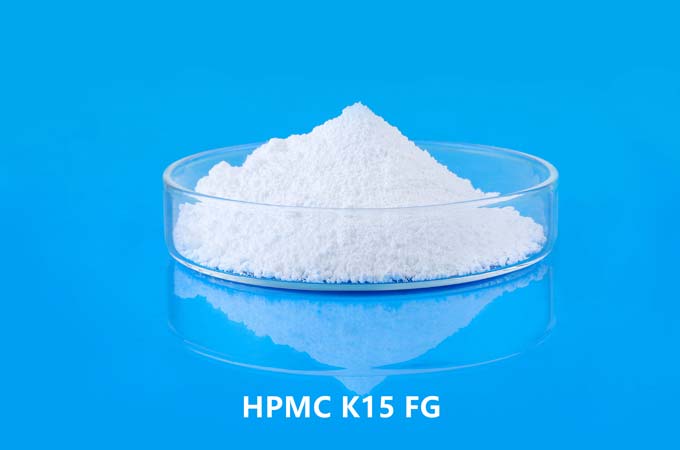Hydroxyethyl Cellulose (HEC) is a non-ionic water-soluble cellulose ether with good thickening, water retention, suspension and stability properties. Due to its excellent physical and chemical properties and environmental compatibility, HEC is widely used in the field of oil drilling, especially in drilling fluids and completion fluids.

Basic characteristics of HEC
Hydroxyethyl cellulose is made by introducing ethylene oxide into natural cellulose for etherification reaction after alkalization treatment. It is white or slightly yellow odorless powder or granules. It can dissolve quickly in cold or hot water to form a transparent or translucent colloidal solution. Its viscosity can be adjusted according to the degree of substitution and molecular weight to meet different industrial needs.
HEC has the following significant characteristics:
Good solubility: can be quickly dissolved in cold and hot water;
High viscosity performance: can effectively improve the viscosity of the liquid system;
Strong rheological adjustability: can adjust the fluidity of shear thinning;
Good chemical stability: has strong stability to acids, alkalis and salts;
Biodegradability and environmental protection: natural source, degradable, and environmentally friendly.
The role of HEC in drilling fluid
Drilling fluid is a key working fluid in the oil drilling process, which plays the role of cooling the drill bit, carrying cuttings, and maintaining the stability of the well wall. As an important additive for drilling fluid, HEC mainly has the following functions:
2.1. Thickening and carrying capacity enhancement
HEC can significantly increase the viscosity of the system in the drilling fluid, so that the drilling fluid has a stronger carrying capacity, can more effectively bring the cuttings out of the wellbore, keep the bottom of the well clean, and improve the drilling efficiency.
2.2. Suspension and stability
Due to the good colloidal structure formed by HEC, it can improve the suspension stability of solid particles in the drilling fluid and prevent precipitation and aggregation. At the same time, it can also reduce the liquid stratification phenomenon and improve the uniformity of the entire system.
2.3. Anti-filtration performance
HEC has good anti-filtration performance, can form a dense filter cake on the well wall, reduce the water in the drilling fluid from penetrating into the formation, and thus prevent complex situations such as well wall collapse and well leakage.
2.4. Adaptable rheological properties
HEC is sensitive to shear rate and has shear thinning characteristics, which helps to regulate the fluidity of drilling fluid under different shear environments, ensuring lower energy consumption and smoother circulation during pumping.
2.5. Environmentally friendly and biodegradable
Compared with synthetic polymers, HEC is naturally derived, non-toxic and degradable, suitable for drilling in environmentally sensitive areas, and has little pollution to the formation.

Application of HEC in completion fluid
Completion fluid is used for sealing, protection and well repair after drilling, and requires good stability, compatibility and low damage. HEC plays the following main roles in completion fluid:
Control viscosity and fluidity for easy injection and extraction;
Prevent solid sedimentation to ensure uniform liquid system in the wellbore;
Prevent formation contamination. HEC's high purity and low residue characteristics can reduce formation blockage;
Enhance formation protection. HEC has low filtration loss, which helps to form a low-permeability filter cake and reduce the damage caused by fluid entering the reservoir.
Precautions for use
During the preparation of drilling fluid or completion fluid, the following points should be noted when using HEC:
Dissolution order: HEC should be added slowly under stirring conditions to avoid agglomeration;
Temperature control: High temperature will affect viscosity stability, and high-substitution HEC with good temperature resistance should be selected;
Compatibility with other additives: HEC is incompatible with some cationic polymers, and the mixing stability needs to be tested in advance;
Storage conditions: It should be stored in a dry, cool environment to prevent moisture and oxidation.
As a green and environmentally friendly thickener and rheology modifier, hydroxyethyl cellulose plays an irreplaceable role in drilling fluid and completion fluid systems. It not only improves drilling efficiency and wellbore stability, but also reduces damage to the formation and environment. With the development of environmentally friendly drilling technology, HEC will continue to play an important role in oil and gas development and provide solid support for sustainable energy development.
 English
English 日本語
日本語 français
français Deutsch
Deutsch Español
Español italiano
italiano русский
русский português
português العربية
العربية Türkçe
Türkçe Nederland
Nederland





